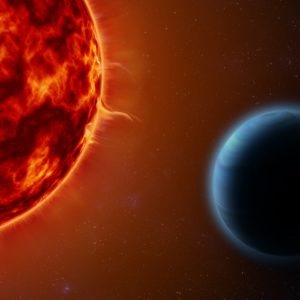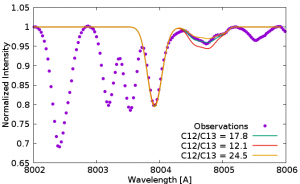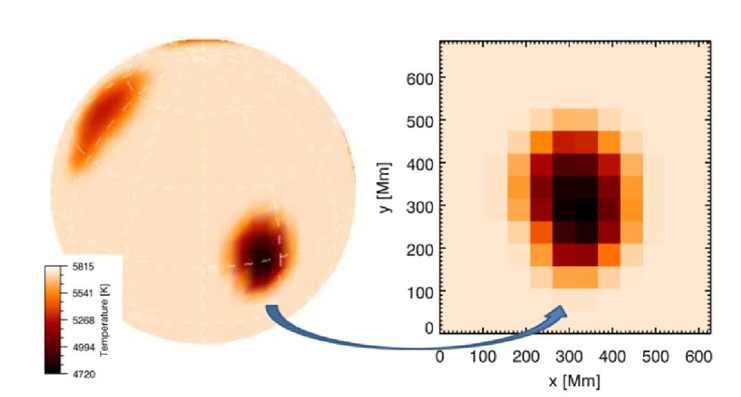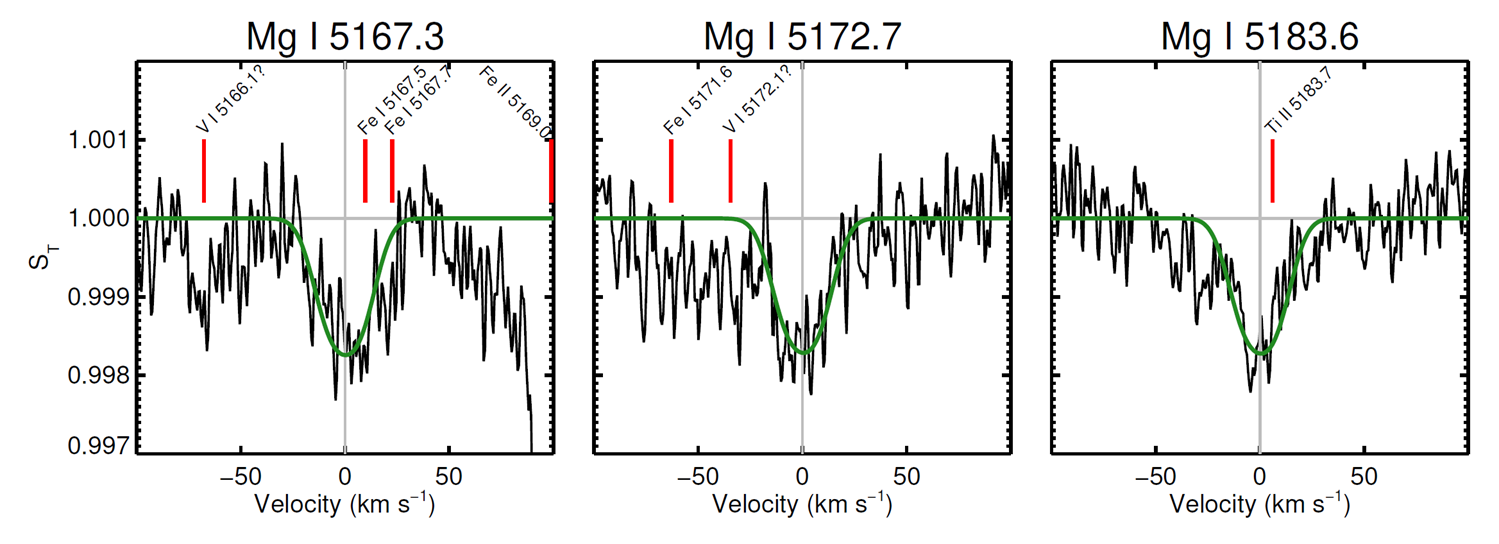LBT/PEPSI spectropolarimetry tested the hypothesis that the surface magnetic morphology is a crucial component for the spin down of stars. Solar-type stars are born with relatively rapid rotation and strong magnetic fields. Through a process known as magnetic braking, the rotation slows over time as stellar winds gradually remove angular momentum from the system. The rate of angular momentum loss depends sensitively on the magnetic morphology, with the dipole field exerting the largest torque on the star. One hypothesis to explain this reduction in efficiency is a shift in magnetic morphology from predominantly larger to smaller spatial scales. We tested this hypothesis with spectropolarimetric measurements of two stars that sample chromospheric activity levels on opposite sides of the proposed magnetic transition. As predicted, the more active star (HD 100180) exhibits a significant circular polarization signature due to a non-axisymmetric large-scale magnetic field, while the less active star (HD 143761) shows no significant signal.
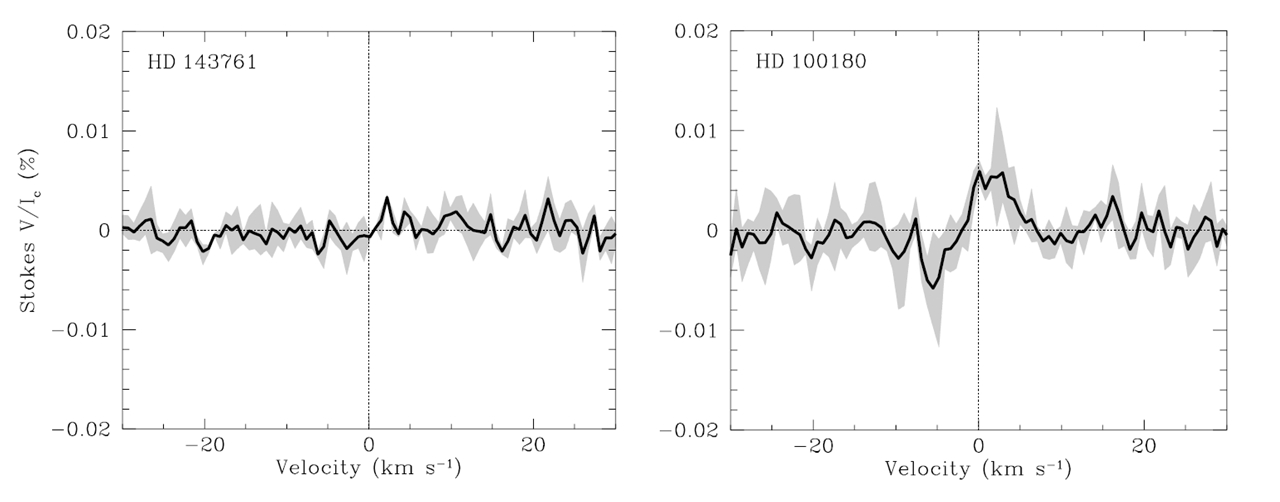
Read more: Metcalfe et al. 2019, ApJ Letters, 887, 38

